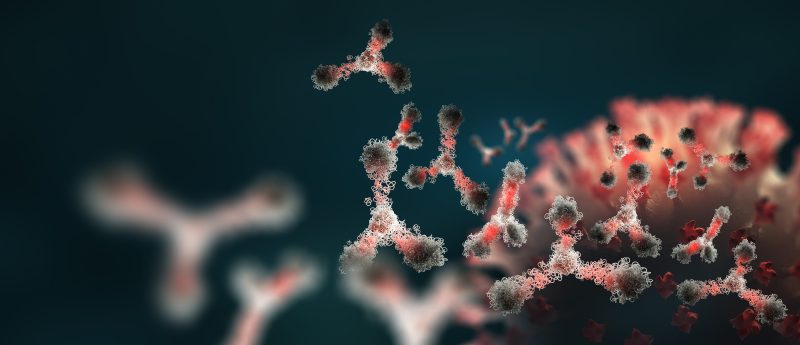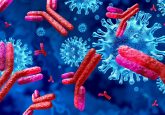Bioanalytical workflow for novel scaffold protein–drug conjugates: quantitation of total Centyrin protein, conjugated Centyrin and free payload for Centyrin–drug conjugate in plasma and tissue samples using liquid chromatography–tandem mass spectrometry

Antibody–drug conjugates (ADCs) hold great promise as therapeutic agents for cancer due to their capability to deliver potent cytotoxic agents to targeted cells, thereby reducing nontargeted exposure, increasing drug concentrations at the disease site and broadening the therapeutic window [1–5]. In recent years, ‘alternative scaffold’ proteins have also emerged as potential therapeutic agents for cancer [6–9]. Designed or natural proteins with simple, stable structures and highly specific affinity for biological targets have been explored to generate protein–drug conjugates (PDCs) for effective delivering of cytotoxins into the cells. Very recent examples are PDCs based on conjugation with Adnectin [10] and FGF2...





